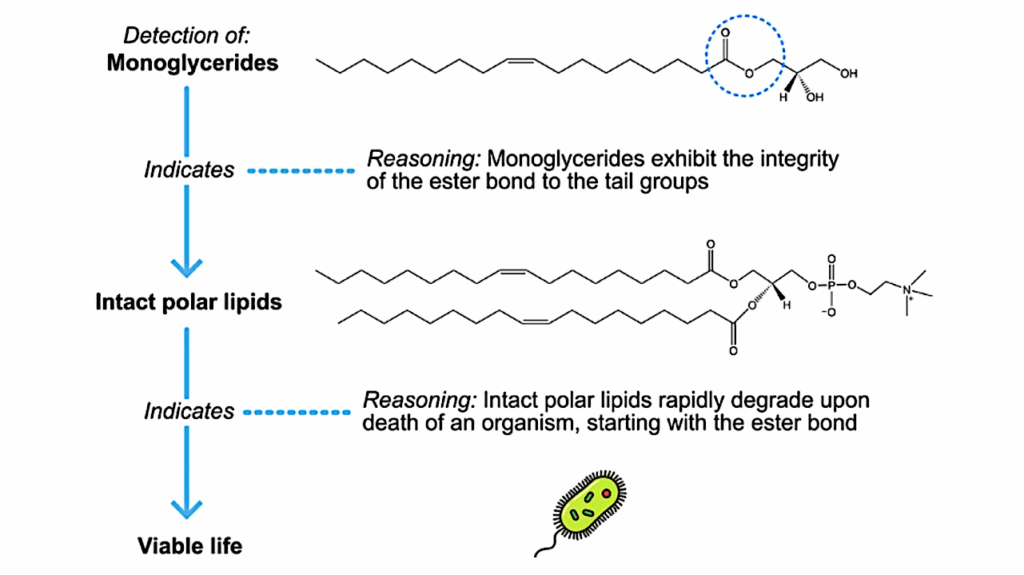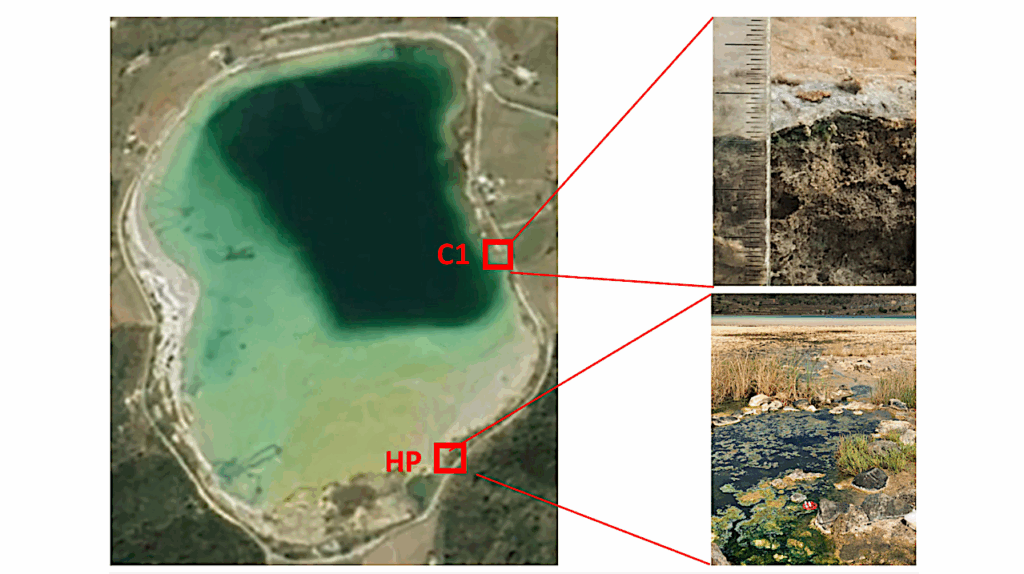Geology And Mars Analog Potential Of The < 2.7-billion-year-old Miralga Impact Structure, North Pole Dome, Pilbara Craton, Australia

North Pole Dome (Pilbara Craton, Western Australia) contains unique geological analogs to early Earth and Mars.
Recently discovered shatter cones in 3.47-billion-year-old (Ga) rocks reveal that it is also the site of an ancient meteorite impact. Initial reports claimed that the impact occurred at 3.47 Ga and produced a ≥100-kilometer (km) crater; we show that these age and size estimates are inaccurate.
Shatter cones are radially oriented over a 6.5-km-diameter area, defining a 16-km-wide structure. Shatter cones postdate regional structures and occur in younger overlying rocks, providing unambiguous evidence that the impact occurred after ~2.7 Ga. We also report the first shocked mineral from this site, the high-pressure TiO2 polymorph TiO2-II (srilankite).
We provisionally name this feature the Miralga impact structure. The 3.47 Ga hydrothermally altered basalts at Miralga are the oldest known shocked terrestrial rocks, highlighting the site’s analog potential for impacts into biosignature-bearing Archean greenstones and the Martian surface.

White arrows indicate selected shatter cone apices and point in the direction of shock propagation. See table S1 for locations for each of the pictured shatter cones. Photo credit (all panels): A.R.B./Harvard University. (A) Shatter cones in weakly propylitic altered massive vesicular basalt of the 2.77 Ga Mount Roe Basalt. (B) Shatter cones in an intensely chloritized fault zone in the Mount Ada Basalt, likely dating to <2.71 Ga. The occurrence of shatter cones in the ~2.7 Ga units in (A) and (B) indicate a <2.7 Ga, postdeformation date for the impact. (C) Small shatter cones in ferruginous chert of the 3.47 Ga Antarctic Creek Member near the center of the structure. — Science Advances via PubMed
Geology and Mars analog potential of the <2.7-billion-year-old Miralga impact structure, North Pole Dome, Pilbara Craton, Australia, Science Advances via PubMed
Astrobiology, Astrogeology,








